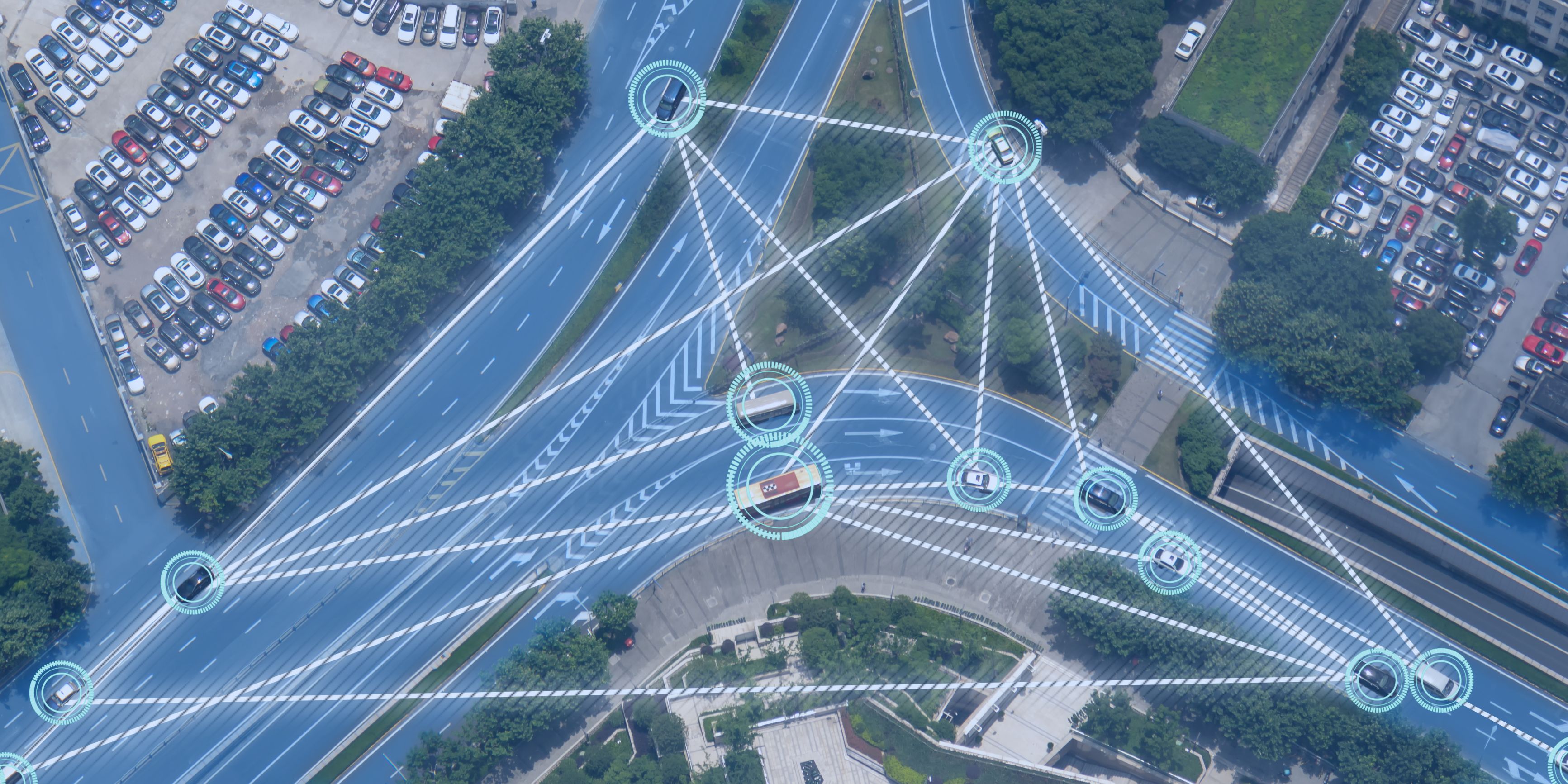AWS Public Sector Blog
Category: State or Local Government
Automate security orchestration in AWS Security Hub with Trend Micro Cloud One
As organizations mature in their cybersecurity capabilities, they are looking to try and leverage automation to reduce the operational burden of alerting, detecting, and responding to threats. This blog post walks through how to combine findings from disparate security systems into a single operational view to help analysts identify, respond, and remediate existing threats while maintaining a dynamic response platform that scales with their environment.
Canadian Centre for Cyber Security adds additional AWS services to its assessment of the AWS Canada (Central) Region
The Canadian Centre for Cyber Security (CCCS) added more AWS services to its assessment of the AWS Canada (Central) Region, bringing the total number of assessed AWS services to 120. This provides Canadian public sector customers additional confidence that AWS Cloud services meet the Government of Canada’s security control requirements. Using these services in conjunction with the deployment of the open source AWS Secure Environment Accelerator (ASEA) solution reduces cloud service configuration time from months to days.
Bridging the cloud skills gap across Asia Pacific and Japan with AWS
The Asia Pacific and Japan (APJ) region is riding a wave of innovation, which relies heavily on a digital workforce equipped to meet the rising demand for cloud computing. Today, AWS announced that we have trained more than two million people across APJ with cloud skills in the past decade. To accelerate this, we launched AWS Skill Builder, a digital learning experience available in more than 200 countries and territories, which will provide free skills training to millions of people around the world, in addition to other training programs.
Use Migration Evaluator in protected or regulated environments by anonymizing sensitive network data
The AWS Migration Evaluator can help organizations with VMware fleets by collecting detailed data on VM (virtual machine) usage and using that to prepare a business case for moving to the cloud and estimate the cost of migration. However, sensitive network data collected by the Migration Evaluator, such as system names and IP addresses, cannot leave highly secured and regulated organisations. In this blog post, learn how a simple python script can anonymize AWS Migration Evaluator usage data, allowing it to be uploaded even in highly regulated environments.
Stockholm Public Transport transforms its ticketing system with the AWS Cloud
In the Greater Stockholm Area, SL (Stockholm Public Transport) is responsible for public transport services for more than three million citizens. SL is transforming their ticketing system with a new, “future-proof” alternative built and managed in-house. This major digital transformation project, built on the Amazon Web Services (AWS) Cloud and using microservices, is currently being rolled out across the city. The new ticketing system is an integral part of SL’s commitment to make sure everyone who lives, works in, or visits Stockholm, “has access to well-developed, easily accessible and reliable public transport.”
Amazon Alexa helps deliver and expand patient care across Canada
Across Canada, hospitals, care providers, academic health sciences centers, and more are using accessible, scalable technology to support their staff and provide faster, better access to citizens in need of care. With Amazon Alexa, patients only need their voice to answer a few questions and get started towards healing.
3 questions government leaders should ask when building a digital service—and how the cloud can help
While several public sector organizations launched new digital services during the pandemic, many still struggle with providing a high quality and equitable customer experience. To reduce the risk of a digital service not being received, or only being used by a limited portion of the intended population, government leaders should ask three customer experience questions before deploying new services — and consider how the cloud can help shape the answers.
How MTI tracks social distancing efforts with the AWS Cloud and big data
Maryland Transportation Institute (MTI), an interdisciplinary research and education organization based out of the University of Maryland, focuses on solving complex transportation problems. When COVID-19 hit, MTI was presented with an urgent new problem: the organization was tasked with gathering, processing, and reporting daily transportation data from nearly 65% of the US population. To keep the public safe, they needed more computing power—quickly. They used the AWS Cloud.
How to build smart cities with FIWARE Orion Context Broker and Cygnus on AWS
Several smart cities use FIWARE, an open source framework supporting the development of smart solutions. FIWARE leverages sensing data from Internet of Things (IoT) devices, then collects, stores, and analyzes data with an API call. One FIWARE component, Orion Context Broker, gathers context information from diverse sources such as mobile apps, IoT devices, and social networking services, and manages the lifecycle of this context information, from registrations, updates, queries, and subscriptions. In this blog post, we address building Orion Context Broker on AWS. Learn how to deploy Orion Context Broker and Cygnus on AWS with AWS Cloud Development Kit (AWS CDK) and Docker Compose quickly.
AWS hosts new open dataset to help businesses identify climate finance risks and investments
Companies and asset managers looking to protect their financial investments from climate change-related risks, and invest in more sustainable solutions, can now access a new dataset on the Amazon Web Services (AWS) Cloud to help inform their decision making. Amazon announced that the Legal Entity Identifier (LEI) dataset is now available and free for anyone to access in the cloud. The dataset includes key reference information that supports clear and unique identification of legal entities participating in financial transactions, and each LEI contains information about an entity’s ownership structure, including ‘who is who’ and ‘who owns whom’.









